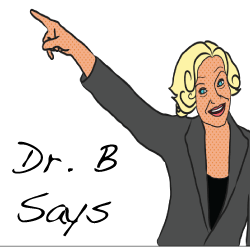The Common European Framework of Reference for Languages (CEFR)
 |
Assessing students is a challenge all teachers face; often it is difficult to evaluate students as one would outside the classroom. How can one evaluate students as compared to a more universal standard, not just to each other in the classroom context? The Common European Framework, established in 1996 by the Council of Europe, established such a standard for the assessment and teaching of languages. This section will expand on what the CEF is and how it can be used in any context. |
What is the Common European Framework of Reference for Languages (CEFR)?
The CEFR stands for the Common European Framework of Reference for Languages: Learning, Teaching and Assessment. It states that “the Common European Framework provides a common basis for the elaboration of language syllabuses, curriculum guidelines, examinations, textbooks, etc. across Europe. It describes in a comprehensive way what language learners have to learn to do in order to use a language for communication and what knowledge and skills they have to develop so as to be able to act effectively” (The Common European Framework). The CEF also establishes a measurable standard that can be associated with each stage of learning. The following chart shows these stages.

back to top
Why create a CEFR?
In a continent so varied in customs and languages, the CEFR was created to help overcome the barriers that exist in communication stemming from different educational practices. The purpose of the CEFR was to reflect on the practices that were currently in effect, and to focus on the needs of all learners. Ideally, this coordination of modern languages would help to promote international understanding, communication and understanding.
The Council of Europe’s view on modern languages has focused increasingly in recent years on the concept of plurilingualism. This differs from multilingualism, where students are encouraged to learn more than one language and languages are offered in various school systems; plurilingualism promotes the belief that languages and their accompanying cultures are not to be kept separately. Compartmentalization is not the aim, rather the development of a repertoire where all linguistic abilities are valued and have a place. The knowledge and experience gained from these languages will not exist separately, they will interact and assist each other.
How does the CEFR affect language teaching in North America?
The values and goals of the CEFR are broad in perspective and flexible in nature. They can be observed by language teachers and learners in North America as they can easily be adapted to any language program, especially as North American countries strive to improve the language abilities of their citizens.
The CEFR should be:
- Multi-purpose
- Flexible
- Open
- Dynamic
- User-friendly
- Non-dogmatic
The Common Reference Levels also provides an international guideline for assessing student language levels. Students wishing to obtain accreditation/documentation regarding their language levels can write a language-specific exam given by a country-specific organization whose mission is to promote language learning outside of the country. These exams contain both a written and an oral component.
| French: Alliance Francaise |
DELF Diplôme D’étude en Langues Française |
| German: Goethe-Institut |
Goethe-Zertifikat A1-C2 |
| English: British Council |
IELTS: International English Language Testing System
|
| Spanish: Instituto Cervantes |
DELE: Diplomas de Espanol como Lengua Extranjera |
back to top

Full Text of the CEFR
http://www.coe.int/T/DG4/Linguistic/Source/Framework_EN.pdf
European Language Levels: Self-Assessment Grid
http://europass.cedefop.europa.eu/LanguageSelfAssessmentGrid/en


